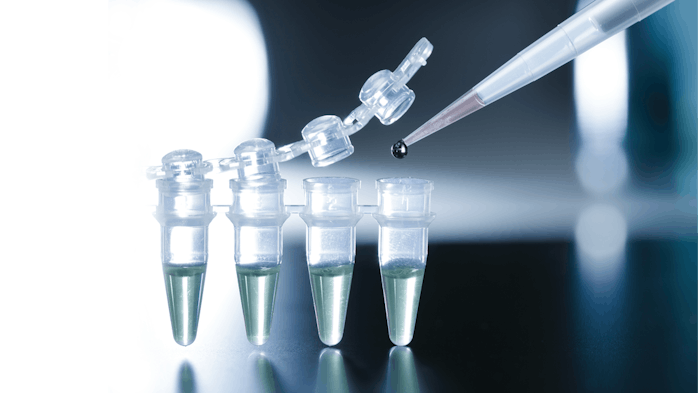
As physicians and researchers on skin care ingredients and formulations, we hear and read a myriad of misleading information about ingredients and their efficacy—in particular, vitamin A. Vitamin A is the single most important nutritional element involved in cell differentiation for all human cells from conception to death.
Cell differentiation is the process by which a cell changes from a stem cell to a skin cell, or any other specific type of cell. Without adequate vitamin A present in the cell at the time of differentiation, cells cannot be relied upon to conform to their DNA plan and may become dysfunctional and unhealthy.
If we can understand the role of vitamin A in the development of healthy cells, we can prescribe better treatment plans that will lead to healthier skin. The summary below is designed to highlight the role of topical vitamin A molecules.
Potency of Vitamin A Actives
Vitamin A molecules are all equipotent because they share a common biochemical pathway to the vitamin A acid forms (retinoic acids) that cells can use in differentiation. Through this pathway, retinol occupies a pivotal position on the way to the irreversible retinoic acid via the gateway molecule, retinaldehyde, and then catabolism (the breakdown of complex molecules in living organisms to form simpler ones) via cytochrome P450 in the liver. Potency, and efficiency, molecule for molecule, is therefore the same for all.
Many claims about which form of vitamin A is most effective are patently untrue. Examining facts that are well established through sound, scientific research spanning seven decades, dispels most of the myths and fables spawned by incomplete or misleading articles and commercial marketing claims.
Despite claims to the contrary, all molecular forms of vitamin A—apart from the acid group—are substrate for providing the active acid forms of vitamin A (ligands), which function on the nuclear vitamin A receptor groups during cell differentiation.
While in topical applications, vitamin A molecules may differ in a few important ways, when arriving at the cellular level they are equipotent in managing their role on the DNA of cells. None of the substrate molecules like retinol, retinyl palmitate, retinyl acetate or retinaldehyde have direct retinoid receptor activity. They are all converted into retinoic acid which can then do the work of ensuring healthy cell differentiation.
It is misleading to imply that one form is more effective than another. A single molecule of retinol, or any of its storage forms, can only be turned into a single molecule of retinoic acid. All get transformed into retinol before becoming retinaldehyde. They are always equal in efficacy and potency once converted. Differences do exist among various forms in topical penetration in the skin, along with their potential for irritation. Antioxidant potential may also vary, but not efficacy as vitamin A. That they occupy different places in the life of vitamin A in human tissue is true, but they are proven to be interchanged systematically to meet cellular demands.
Continue Reading about vitamin A in skin care in our Digital Magazine...
Ernst Eiselen, MB.B.Ch., FRACGP, is a specialist general practitioner practicing in Australia. Ernst qualified at Pretoria University in 1981 and became a fellow of the Royal Australian College of General Practice in 2009 and is a leading researcher on vitamin A.
Des Fernandes, MB.B.Ch., FRCS, is a plastic and reconstructive surgeon. He first described the method for Collagen Induction Therapy and used his research and in-depth knowledge of the beneficial effects of vitamin A on the skin to develop the Environ Skin Care products.











